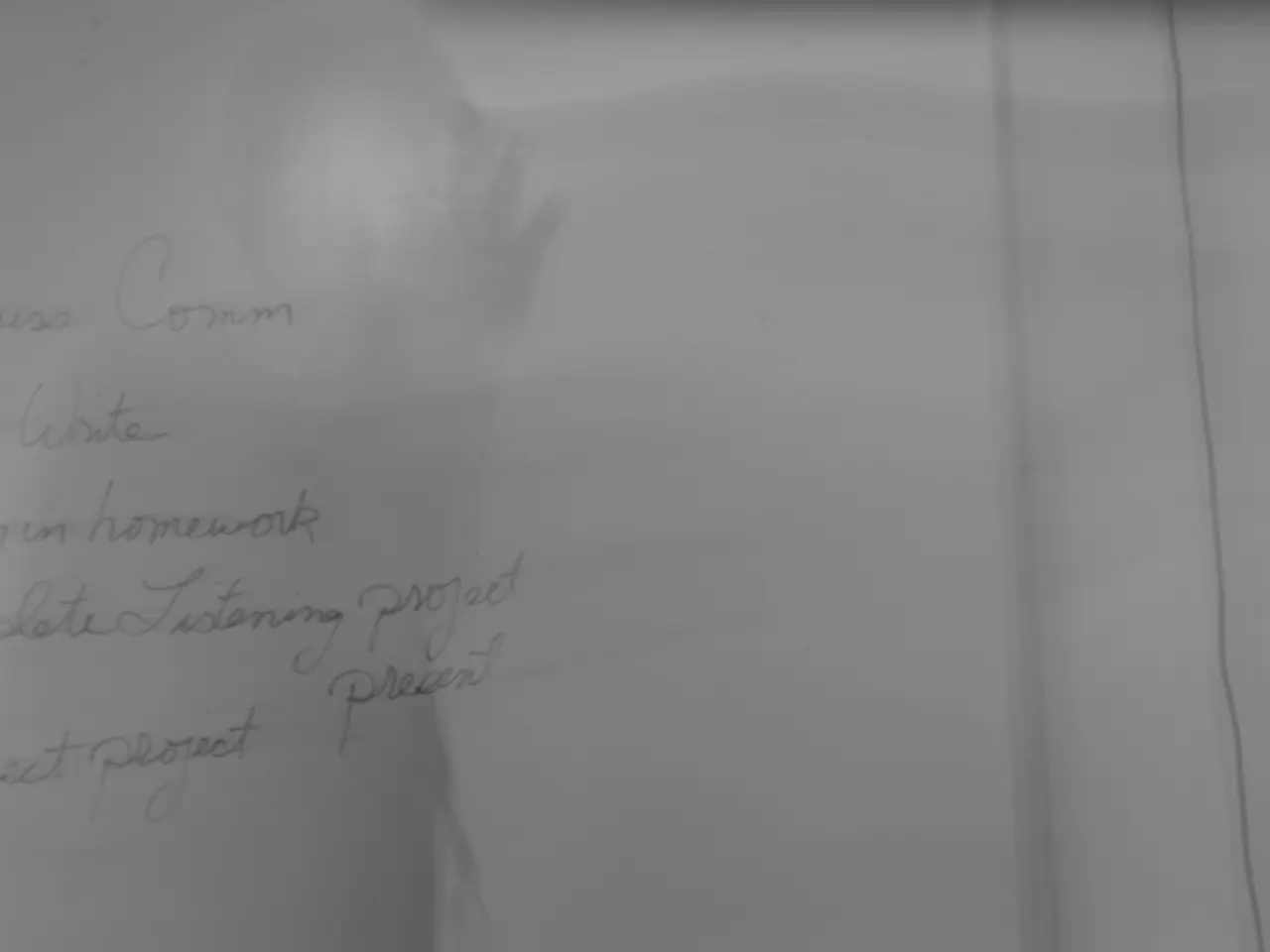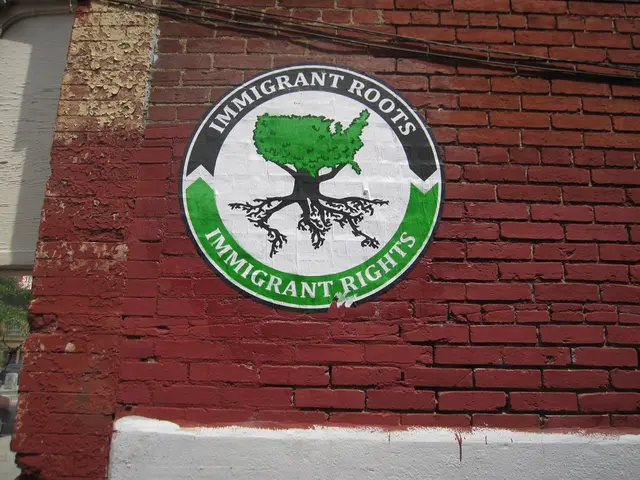The Federal Reserve maintains interest rates at current levels, but two members vote against Powell's strategy of being patient and waiting for more data before making a decision.
The Federal Reserve (Fed) has kept the benchmark interest rate between 4.25% and 4.5% as of July 2025, marking a pause in rate changes despite ongoing economic conditions. This decision reflects the Fed's commitment to its dual mandate of maximum employment and price stability, with inflation expectations anchored at 2 percent and moderate long-term interest rates [1][2].
Despite pressure from President Trump, the Fed has emphasised its independence and transparency, basing monetary policy decisions on economic data and its statutory mandate, without political interference [1]. However, recent records do not show any direct influence or commentary from the President on Fed decisions in 2025.
The economic outlook, as framed by the Fed, involves monitoring various employment indicators and inflation trends. The committee recognises that the maximum employment level is not fixed and is subject to ongoing assessment due to labor market dynamics [1]. The Fed is prepared to use its full array of monetary tools if needed, but no explicit indication of planned future rate cuts has been made in the latest statements [1][2].
One of the factors contributing to the Fed's decision is the temporary lowering of many rates during President Trump's negotiations, which has alleviated inflation concerns to some extent. However, uncertainty about the economic outlook remains elevated [2].
Notably, the split among Fed officials regarding when and whether to cut interest rates continues. Governors Christopher Waller and Michelle Bowman have voted in favour of immediately slashing rates, while others, such as Mary Daly and Raphael Bostic, have expressed caution due to concerns about potential inflation from tariffs [3].
In a potential development, San Francisco Fed President Mary Daly has indicated a potential rate cut in September, suggesting she wants to see at least two more months of economic data before making a decision [4]. This marks the first time in three decades that more than one governor has dissented on an interest-rate vote at the Federal Reserve.
The ongoing story is expected to unfold with further updates as the Fed continues to navigate the complexities of the economic landscape. Chairman Jerome Powell's relationship with President Trump, characterised by public criticisms from the President, adds an additional layer of complexity to the situation.
References:
[1] Federal Reserve Board (2025). FOMC Statement. Retrieved from https://www.federalreserve.gov/newsevents/pressreleases/monetary20250715a.htm
[2] Federal Reserve Bank of St. Louis (2025). Federal Funds Rate Target Range. Retrieved from https://fred.stlouisfed.org/series/FEDFUNDS
[3] CNBC (2025). Fed officials split on rate cuts as Waller and Bowman push for immediate cuts. Retrieved from https://www.cnbc.com/2025/07/28/fed-officials-split-on-rate-cuts-as-waller-and-bowman-push-for-immediate-cuts.html
[4] Bloomberg (2025). Daly Says She'll Need More Data Before Considering a Rate Cut. Retrieved from https://www.bloomberg.com/news/articles/2025-07-29/daly-says-she-ll-need-more-data-before-considering-a-rate-cut
In light of the ongoing rate determination at the Federal Reserve, media outlets have reported on the disagreements among Fed officials, with governors Christopher Waller and Michelle Bowman advocating for immediate rate cuts, contrasting with the cautious views of Mary Daly and Raphael Bostic due to potential inflation concerns [3]. Meanwhile, financial analysts are closely monitoring the general-news outcomes of this complex political-business scenario that revolves around the Fed's delicate balance between economics and the influence of politics [1][4]. The future of finance and employment might hinge on the decisions made in the upcoming meetings, particularly the anticipated rate change in September as suggested by San Francisco Fed President Mary Daly [4].




